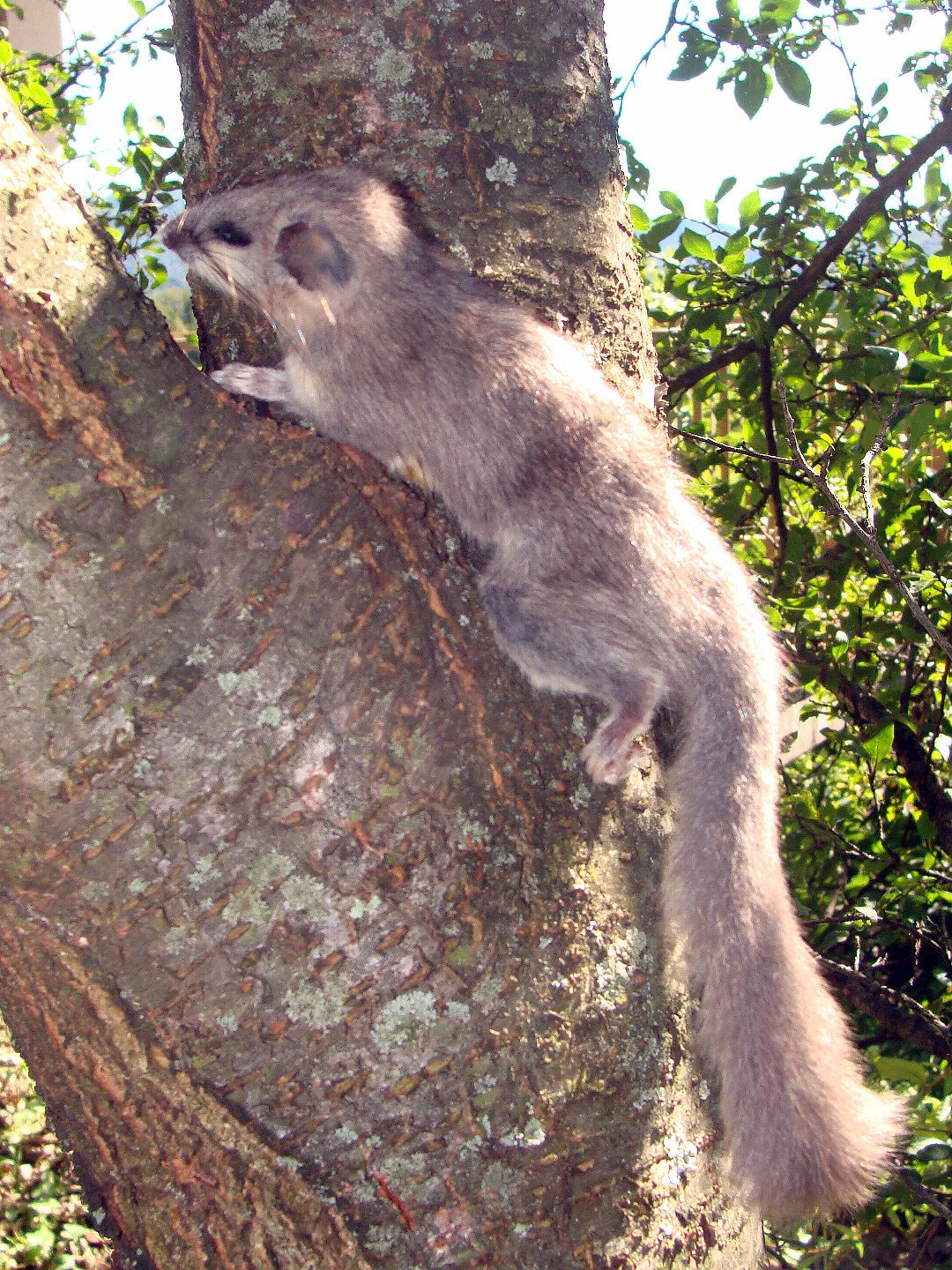Edible dormouse
A species of Edible dormouse Scientific name : Glis glis Genus : Edible dormouse
Edible dormouse, A species of Edible dormouse
Scientific name: Glis glis
Genus: Edible dormouse
Content
Description General Info
 Photo By Jean-Marc Pascolo , used under CC-BY-SA-3.0 /Cropped and compressed from original
Photo By Jean-Marc Pascolo , used under CC-BY-SA-3.0 /Cropped and compressed from original Description
The edible dormouse is the largest of all dormice, being around 14 to 19 cm (5.5 to 7.5 in) in head-body length, plus an 11- to 13-cm-long tail. It normally weighs from 120 to 150 g (4.2 to 5.3 oz), but may almost double in weight immediately prior to hibernation. It has a generally squirrel-like body, with small ears, short legs, and large feet. Its fur is grey to greyish-brown in colour over most of the body, while the underparts and the inner surface of legs are white to pale buff; the line of demarcation is rather well defined. Unlike most other dormice, they have no dark markings on the face, aside from faint rings around the eyes. The tail is long and bushy, with fur slightly darker than that on the body. Front feet have four digits and their hind feet have five. The soles of their feet are naked. Females have from four to six pairs of teats. The edible dormouse is capable of limited autotomy; if another animal grasps the tail, the skin breaks easily and slides off the underlying bone, allowing the dormouse to escape. The exposed vertebrae then break off and the wound heals over, forming a fresh brush of hair. 
General Info
Lifespan
5-9 years
Diet
Edible dormouse possesses a predominantly omnivorous diet, relishing a broad spectrum of food. Its feeding habits predominantly encompass fruits, nuts, especially acorns and beech mast, small insects, and occasionally bird eggs. This species shows opportunistic feeding behavior, altering its diet based on season and abundance.
Appearance
The Glis glis is small, approximately the size of a squirrel, featuring a plump body and short limbs. It's covered in fur that varies from grey-brown on top to creamy white below. Most distinctive are its large black eyes and long, bushy tail. Patterns are largely absent on its body. This mammal, often described as a 'dormouse on stilts', has no significant differences in appearance due to age, gender, or subspecies.
Behavior
Edible dormouse exhibits nocturnal, arboreal behavior, using its strong prehensile tail for movement through trees. This species is solitary beyond the mating season. Individuals mark their territory using scent glands. Remarkably, edible dormouse hibernates from October, emerging in May, in response to climate conditions in its habitat.
Scientific Classification
Phylum
Chordates Class
Mammals Order
Gnawing mammals Family
Dormice Genus
Edible dormouse Species
Edible dormouse